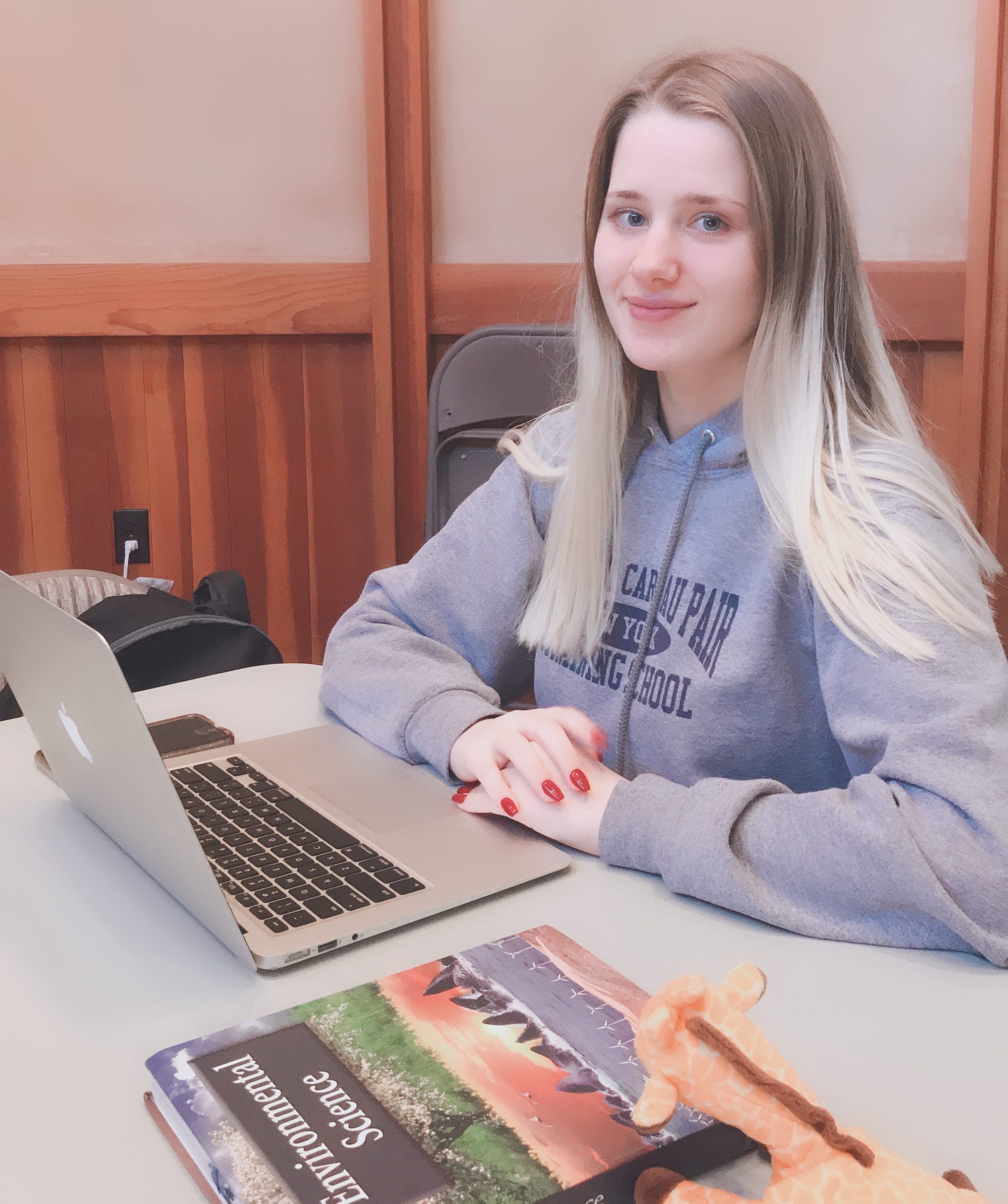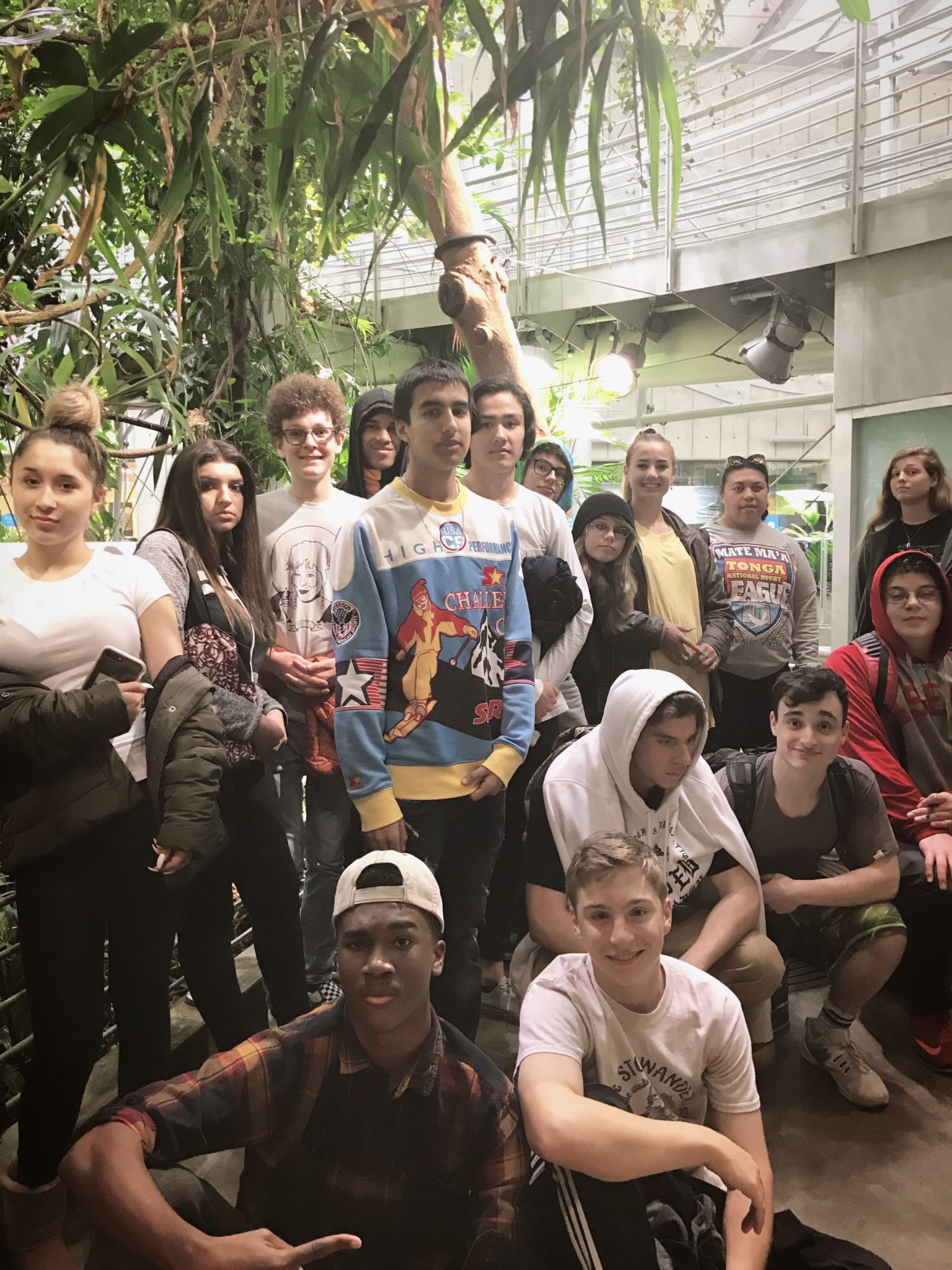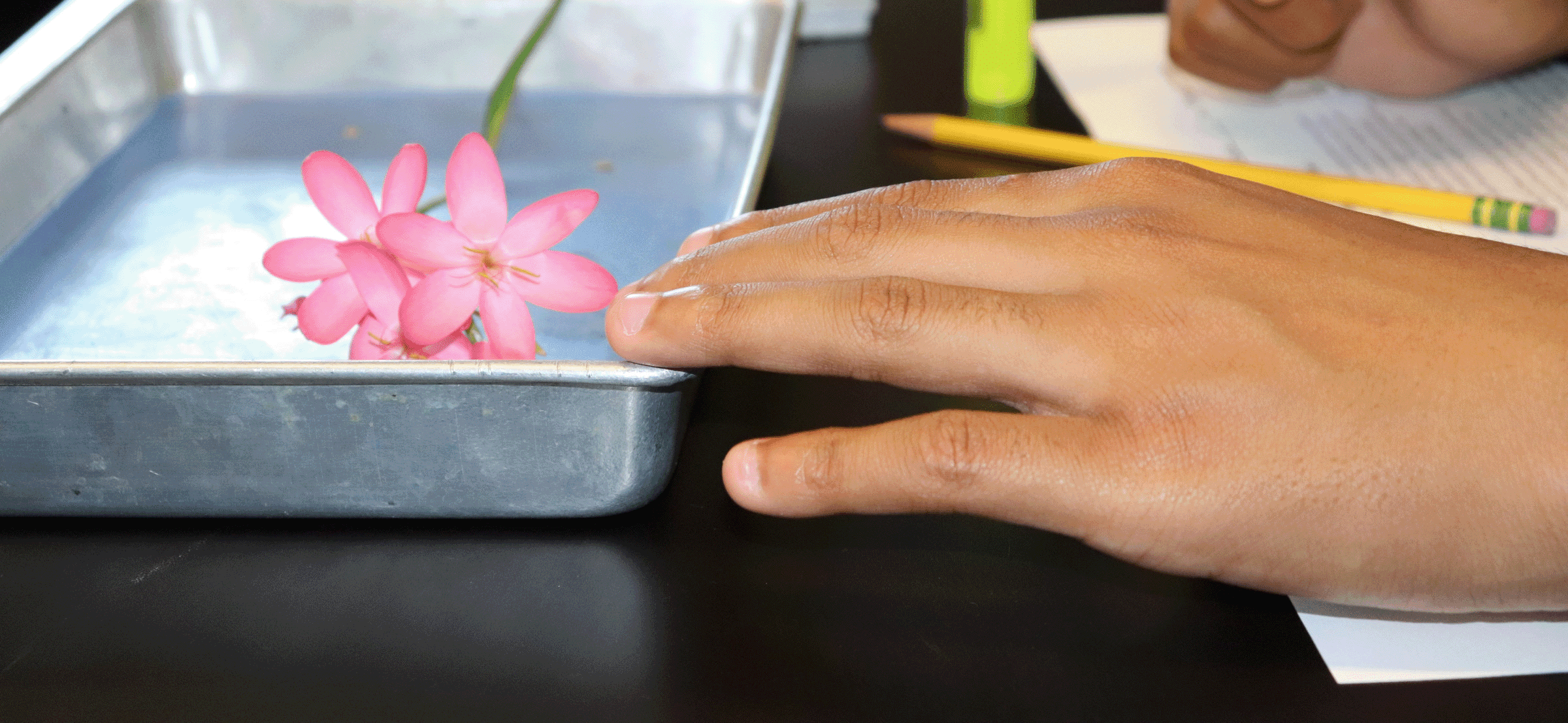We know what it’s like for students with ADHD. The countless distractions in a class of thirty or more students. The sense of overwhelm. The exhausting task of sitting still all day long. Instead of fostering an understanding of a child’s educational needs, some educators can be judgmental, jump to conclusions about the student, assume they’re lazy, unmotivated or not capable of achieving.
We understand students with ADHD.
We specialize in working with students with ADHD and ADHD Inattentive Type—formerly known as ADD—who have been ostracized and maybe even traumatized by their previous educational experiences. Bayhill teachers know how to cater to student strengths, embrace their differences and cultivate stimulating environments in which everyone can succeed.
What we do differently.
Our highly trained teachers, small class sizes and multimodal instruction equate to success for many different kinds of learners, including those with ADHD. Hands-on, interactive, experiential learning helps students to absorb, process and remember what they learn in class and keeps them fully engaged in their educational experience.
We give students with ADHD the tools to achieve their full potential.
Bayhill teachers are experienced at accommodating the learning challenges that come with ADHD. Executive functioning coaching is woven into every level of our program and Academic Support leans in to help teens who struggle with planning, organization and time management even more.
We focus on helping our students to discover their strengths. Teaching in multiple modalities helps our students with learning differences like ADHD access grade-level content standards in their own way. Each class also offers built-in accommodations like breaking up the material into manageable pieces.

Assistive Technology for students with ADHD.
All students at Bayhill learn to use Google Apps for Education to organize, complete and store their work, which we’ve found to be one of the most highly successful strategies for our students.
They can check homework assignments and upcoming tests in Jupiter Grades which means they always know what is due and when and to easily plan and execute their homework assignments.
Graphic organizers help our students to write essays piece by piece so they’re never overwhelmed by a long-term assignment. These tools are used in every classroom, by every teacher.

Embracing the energy.
Students are allowed to take movement breaks during class. They can use a “chill pass” to walk around a bit if they’re feeling restless. Some students find that drawing helps them to focus as they listen to instruction or discussions, which we also allow.
Every teacher at Bayhill infuses their lesson plans with projects, games and trips. This kind of experiential learning allows students to move around, put their energy to good use and absorb the material with their whole selves.

Time Management and Organization
Every Bayhill teacher is experienced at accommodating the learning challenges that students with ADHD face. Executive functioning coaching happens across the board and our Academic Support program leans in to help teens who struggle with planning, organization and time management.
Tools to Stay on Task
Our Support Instructors use calendars as creative tools, “priority lists” to rank and plan out tasks, color coding and visuals paired with verbal and written instruction. They check in (and out) with each student every day. No student goes unseen. In support classes, there’s room for conversation about working with their own unique minds and dispositions.
I encourage [my students with ADHD] to not only calendar and subdivide their day, but to get outside, run around, ride a bike, but also to lay in the grass quietly and daydream gazing up at the sky. Let their minds and imaginations blow around freely, without having to ‘focus’ on learning all the time—and above all, to grasp the importance of balancing these aspects of their lives.

Tools to Stay Organized
All students learn to use Google Apps for Education to organize, complete and store their work, which we’ve found to be one of the most highly successful strategies for ADHD students. Students check homework assignments and upcoming tests in Jupiter Grades which means they always know what is due and when. This way they can more easily plan their homework schedule. Support instructors, teachers, students and their families all have access to this resource to encourage the wrap-around assistance and encouragement our students often need.
Celebrating neurodiversity.
We want our students with ADHD to understand who they are, how they learn and what tools work best. With these specialized teaching strategies and carefully curated learning environments, we help students with ADHD find success in high school, college and beyond.
To find out more about how we help students with learning differences succeed, send us a message, sign up for one of our Open House events, or a Tour & Talk.

